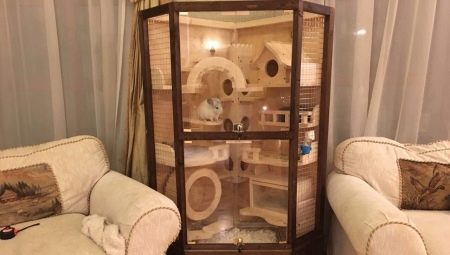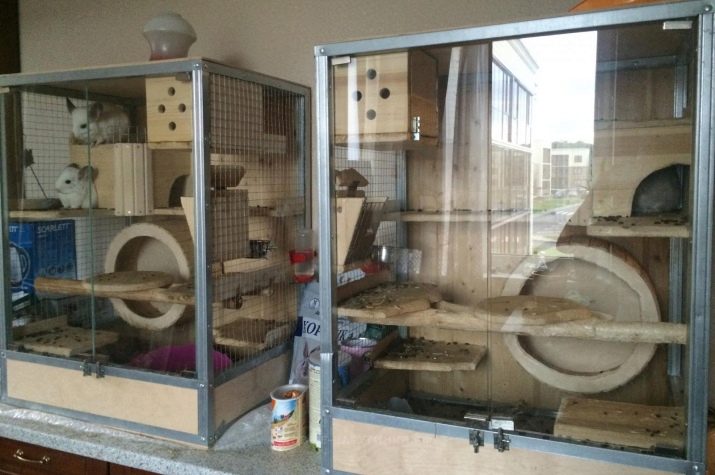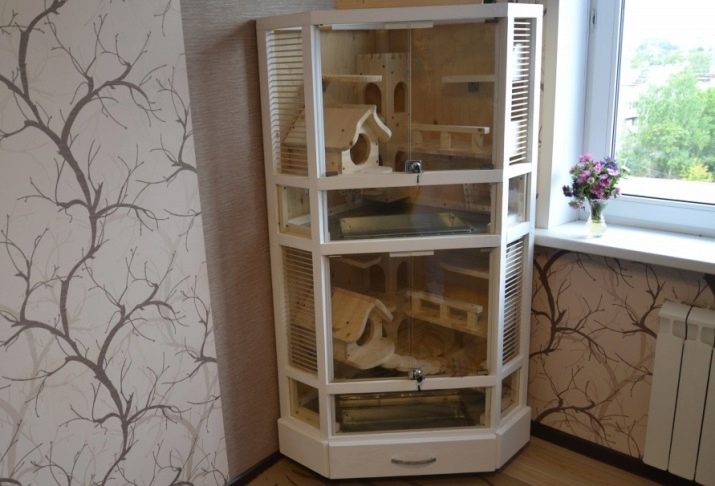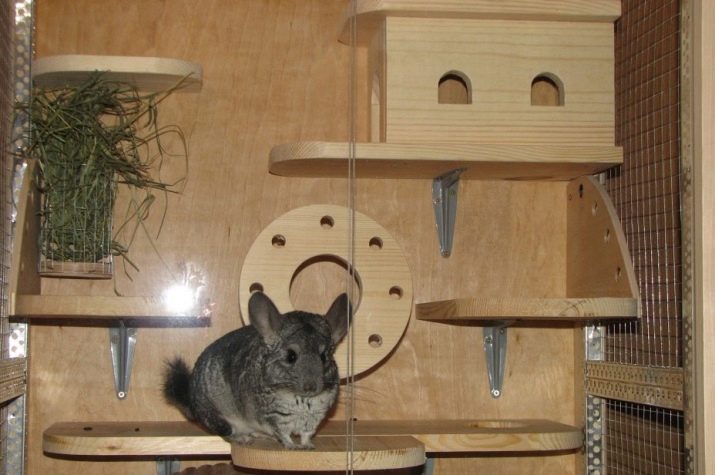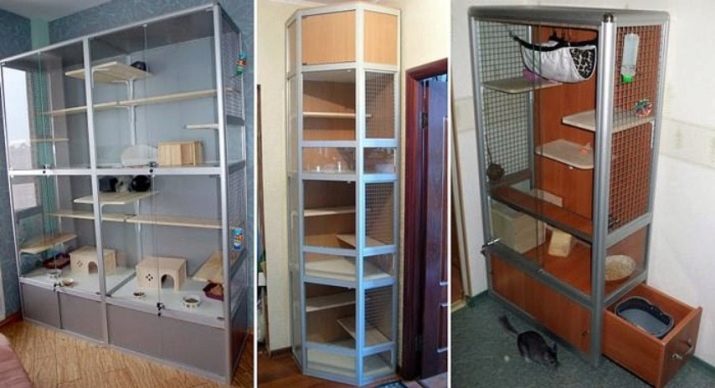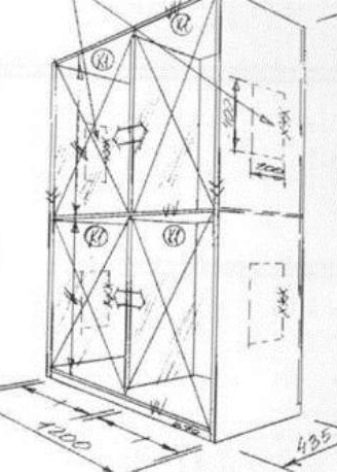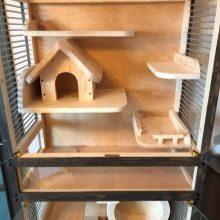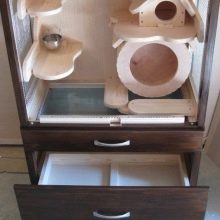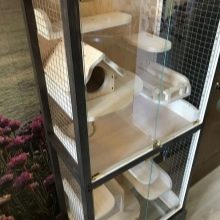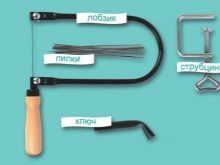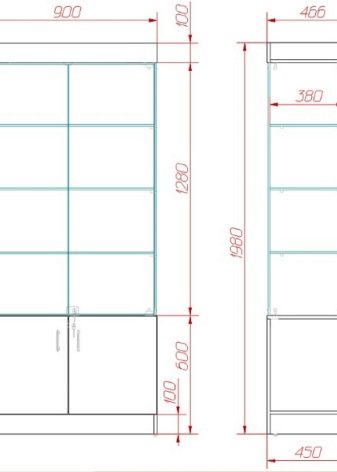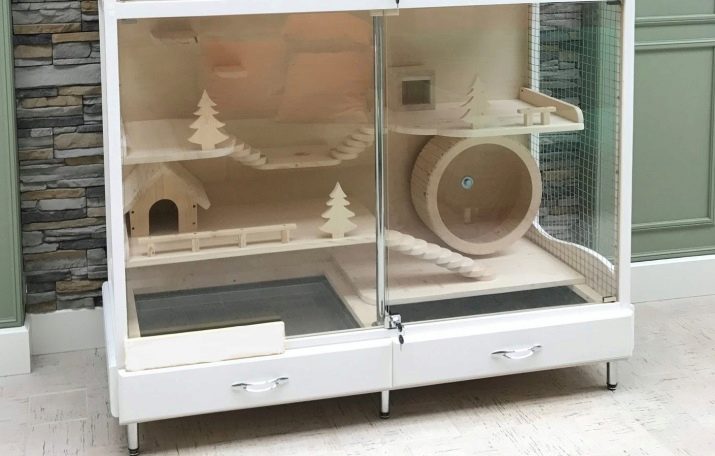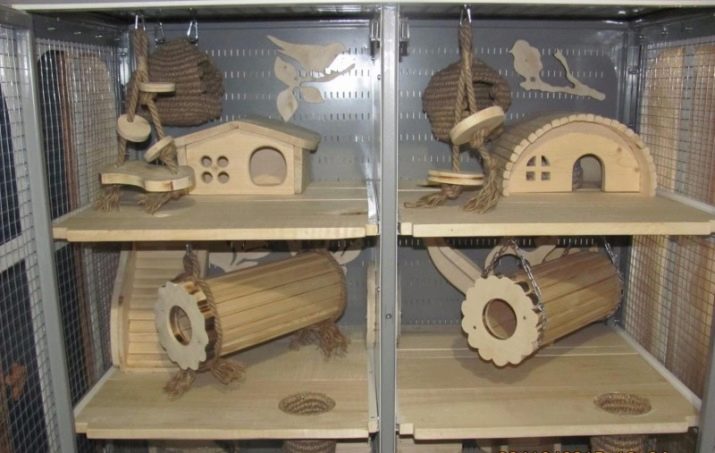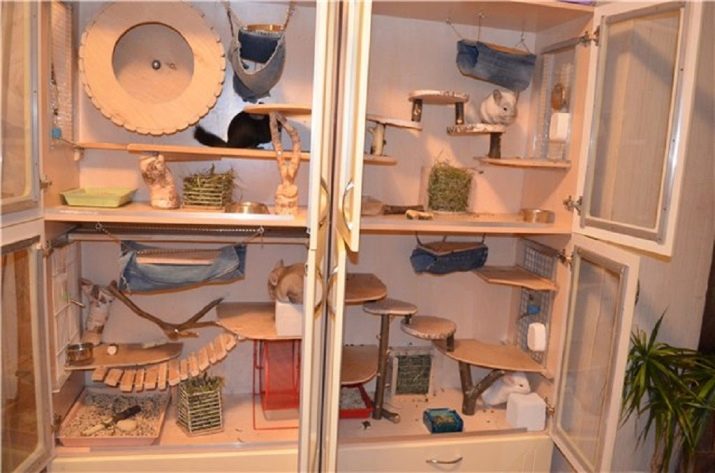Chinchillas are touching and cute rodents who need the attention of their owner. How long a chinchilla will delight us with its presence depends on the care we surround it with and the conditions we create for the existence of an animal in a city apartment.
Where does the rodent live?
Experienced experts have concluded that a special cell showcase will be the optimal habitat of this rodent. Such display cases can be found in specialized stores, but if a person who wants to have a chinchilla in a house has certain plumbing and carpentry skills, he will be able to save a lot of money by making this place of residence of the future pet with his own hands. Let's try to figure out what a showcase is and how it differs from an ordinary cell?
Imagine a grandmother's sideboard, or rather, the upper part of it. This is a cabinet with doors at the bottom and with glass shelves in the upper part, again behind the same glass doors that make it sliding or opening. This upper part is a showcase. For chinchillas, shelves can be made plywood, and glass doors can be replaced with fiberglass material or something similar - if only the light penetrates.
I must say that the chinchilla will feel much more comfortable in the window than in the cage, and for many reasons.
- The showcase is larger than the cage.
- The cage is made of twigs, there is no place to hide in it, and the chinchilla needs its closed mink. The display cases for this purpose are optimally adapted - the host can improvise with closed sections completely freely.
- There is more space in the showcase than in the cage, because its depth can be made by anyone.
- Various natural materials that the owner can use to build a shop window will suit the rodent more than metal rods. Chinchillas prefer secluded places where you can hide in case of something, and if they are made of wood - just fine.
- The rodent behind the glass of the showcase creates less noise, does not interfere with the owners.
- It is easy to get out of the display case, if there are several doors in the front wall.
- If garbage is constantly pouring out of the cage through the bars, then a solid wall will prevent this unpleasant feature, besides providing access to each “floor” of the display case, cleaning will not take much time.
- A showcase can be “disguised” if it is made of materials that match the color of the furniture set.
- If you equip the showcase with wheels, it can move from room to room in order to create an acceptable temperature for the rodent and not to overheat it. We should not forget that the temperature above 25 degrees Celsius can cause chinchilla heat stroke, because these animals come from the high Andes of the Andes of the South American continent.
Having come to the conclusion that the showcase will be the most convenient habitat for chinchillas, it is necessary to pay attention that you can make the showcase yourself from wood, aluminum, plastic constructions. There is a certain set of requirements for the manufacture of shop windows:
- the smallest space for a chinchilla should not be less than 800x800x500 mm;
- with the content of a larger number of individuals, the sizes increase multiply;
- the materials from which the showcase is made must be fairly durable and safe, since any rodents have a habit of trying them "to the tooth";
- the window must be dry, warm, be well (but not unnecessarily) lit, have good ventilation;
- in the manufacture it is necessary to remove sharp edges, protruding corners of the panels, which could cause an accidental injury to the pet.
Keep chinchilla with a lack of space for motor activity is not recommended, because it certainly can cause disease.
This is one of the most important requirements for showcases of this type so that the animal is not crowded. Chinchillas need at least 0.4 m2 per individual. Moreover, this area does not depend on the length or the width of the window - and that one and the other can be changed either at will, or based on the size of the apartment.
Why is it often advised to use the cores of old cabinets as a basis? The point is the convenience and ease of its conversion - it will be necessary to expend a minimum of effort to turn it into a showcase. Although a certain danger to a pet may be hidden in the very material from which the cabinet was made. Chipboard, which is the most common material of the walls of cabinets and consists of epoxy resins, can poison the rodent with its components if it can gnaw off some of its parts.
For this reason, it is recommended to choose such a cabinet, in the manufacture of which natural wood was used, and not chipboard.
Here is an approximate step-by-step process instruction describing how to build a store window from a cabinet.
- Remove the door.
- If there are shelves in them cut out openings. Chinchillas will need them for level transitions.
- In the case when the shelves are missing, there is room for imagination - the shelves can be placed in any order.
- The material for the shelves must necessarily serve as natural wood, since chinchillas prefer to “try on a tooth” exactly horizontal surfaces - the vertical wall is less convenient for gnawing.
- At the top of the cabinet, it will be necessary to cut the ventilation holes so that air masses can circulate freely inside the display case.
- Do not forget to tighten these holes with a metal mesh - such a chinchilla will not even try to gnaw.
- The removed cabinet doors are replaced with a metal grid stretched over a frame, or they are made of a transparent material. Most experts recommend the grid.
- To do the job of making such a frame, it is recommended to take the same removed “native” doors and replace the panels with a grid, leaving the outer frame of the door about 100 mm wide to fix the grid.
- It is very good if the lower drawers were originally provided for in the cabinet design. This will make the conversion even less energy-consuming - just in the next step you will have to remove the floor of the main part of the cabinet and change it to a frequent grid, under which it is easy to place a container where the litter and garbage will fall. This will greatly facilitate the process of cleaning the window.
How to make yourself?
If there is no cabinet suitable for conversion, a showcase can be made by hand. To ensure the most comfortable manufacturing conditions, you will have to use:
- screwdriver;
- self-tapping screws of different sizes;
- jigsaw;
- new door hinges;
- drill;
- drill / crank;
- sealing tape.
Since it is difficult to guess the size, there are no ready-made drawings “for all occasions” - they will have to be made by measuring the designated part of the room. Accordingly, select and the required amount of material. This may be an approximate drawing-sketch for a medium-sized room.
Usually racks are used as legs, in the case when the floor of the display case is made of a grid, and a certain gap between the grid and the floor is needed, so that a container for collecting waste of chinchilla waste should enter under the grid.
In addition to simple shelves with holes, a chinchilla showcase is also equipped with some accessories.For example, as a burrow, that is, shelter from daylight, a small house can be used, which can be easily made according to the dimensions of the display case itself.
It should not be too big or too close.
The feeder can be arranged in the form of creches made of wood or the same metal mesh, where you will need to enclose hay or other food.
If the chinchilla is limited in its physical activity, it will quickly gain weight. Therefore, the so-called town will be very appropriate. It must at least consist of:
- running wheel;
- multilevel shelves connected by transitions in the form of a suspension bridge, tunnel or ladder;
- swing / hammock.
To learn how to make a showcase for chinchillas with your own hands, see the following video.
